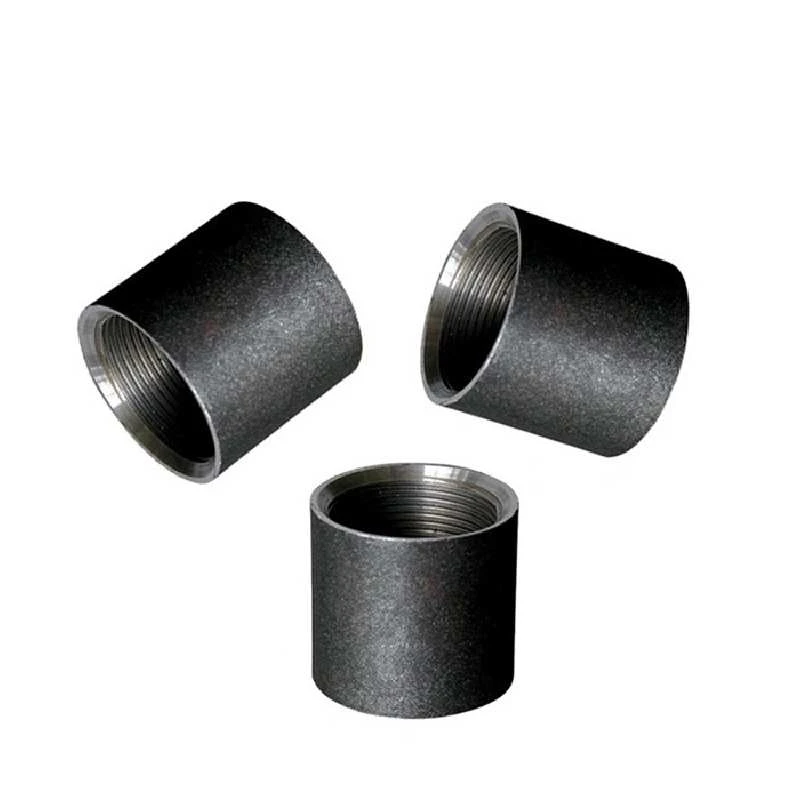-
Cangzhou Yulong Steel Co., Ltd.
-
Phone:
+86 13303177267 -
Email:
admin@ylsteelfittings.com
- English
- Arabic
- Italian
- Spanish
- Portuguese
- German
- kazakh
- Persian
- Greek
- French
- Russian
- Polish
- Thai
- Indonesian
- Vietnamese
- Zulu
- Korean
- Uzbek
- Hindi
- Serbian
- Malay
- Ukrainian
- Gujarati
- Haitian Creole
- hausa
- hawaiian
- Hebrew
- Miao
- Hungarian
- Icelandic
- igbo
- irish
- Japanese
- Javanese
- Kannada
- Khmer
- Rwandese
- Afrikaans
- Albanian
- Amharic
- Armenian
- Azerbaijani
- Basque
- Belarusian
- Bengali
- Bosnian
- Bulgarian
- Catalan
- Cebuano
- China
- China (Taiwan)
- Corsican
- Croatian
- Czech
- Danish
- Esperanto
- Estonian
- Finnish
- Frisian
- Galician
- Georgian
- Kurdish
- Kyrgyz
- Lao
- Latin
- Latvian
- Lithuanian
- Luxembourgish
- Macedonian
- Malgashi
- Malayalam
- Maltese
- Maori
- Marathi
- Mongolian
- Myanmar
- Nepali
- Norwegian
- Norwegian
- Occitan
- Pashto
- Dutch
- Punjabi
- Romanian
- Samoan
- Scottish Gaelic
- Sesotho
- Shona
- Sindhi
- Sinhala
- Slovak
- Slovenian
- Somali
- Sundanese
- Swahili
- Swedish
- Tagalog
- Tajik
- Tamil
- Tatar
- Telugu
- Turkish
- Turkmen
- Urdu
- Uighur
- Welsh
- Bantu
- Yiddish
- Yoruba

Nov . 02, 2024 21:06 Back to list
threaded fittings
Understanding Threaded Fittings Essential Components in Plumbing and Construction
Threaded fittings play a crucial role in various plumbing and construction applications, ensuring secure and leak-proof connections between pipes. These fittings are typically crafted from materials like metal, plastic, or brass, providing versatility for different environments. In this article, we will explore the types, applications, and advantages of threaded fittings, highlighting their importance in modern infrastructure.
Types of Threaded Fittings
Threaded fittings come in various forms, including nipples, elbows, tees, and couplings. Each type serves a specific purpose in a piping system. For instance, a threaded elbow fitting allows for a change in direction, commonly at 90 degrees or 45 degrees, helping to navigate around obstacles. Couplings and unions are used to join two sections of pipe, while tees facilitate branch connections. These fittings are designed to accommodate standard pipe sizes, making it easier for contractors and plumbers to source the right components.
Applications in Plumbing and Construction
In plumbing, threaded fittings are extensively used for water distribution systems, gas lines, and drainage solutions. Their ability to create airtight and watertight seals makes them ideal for applications where leakage could lead to significant issues, such as in water supply lines or gas systems. In construction, they are applied in HVAC systems and industrial piping, where reliability and durability are paramount. The versatility of threaded fittings extends even to agricultural systems, where they help manage irrigation efficiently.
threaded fittings

Advantages of Using Threaded Fittings
One of the primary benefits of threaded fittings is the ease of installation. They can be quickly assembled and disassembled, which is essential for maintenance and repairs. Additionally, the threaded design provides a strong mechanical bond that can withstand high pressure and temperature variations, making them suitable for a wide range of fluids and gases.
Moreover, threaded fittings are generally more cost-effective compared to welded joints, as they do not require specialized equipment or labor-intensive processes. This ease of use contributes to reduced installation times, allowing projects to be completed more efficiently.
Conclusion
In summary, threaded fittings are indispensable components in plumbing and construction. Their various types, broad applications, and numerous advantages make them a go-to choice for professionals in the industry. Understanding how to properly use and maintain these fittings can ensure optimal performance and longevity in any piping system. Whether you're a seasoned plumber or a DIY enthusiast, mastering the use of threaded fittings is essential for successful project outcomes.
Latest news
-
ANSI 150P SS304 SO FLANGE
NewsFeb.14,2025
-
ASTM A333GR6 STEEL PIPE
NewsJan.20,2025
-
ANSI B16.5 WELDING NECK FLANGE
NewsJan.15,2026
-
ANSI B16.5 SLIP-ON FLANGE
NewsApr.19,2024
-
SABS 1123 FLANGE
NewsJan.15,2025
-
DIN86044 PLATE FLANGE
NewsApr.19,2024
-
DIN2527 BLIND FLANGE
NewsApr.12,2024
-
JIS B2311 Butt-Welding Fittings LR/SR 45°/90° /180°Seamless/Weld
NewsApr.23,2024











